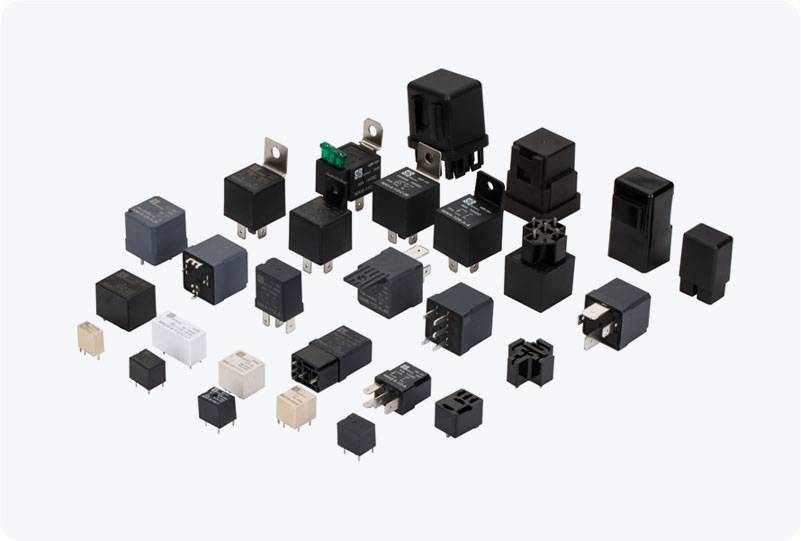Testing a communication relay with a multimeter is an essential skill for technicians and engineers, especially when troubleshooting and ensuring that relays are functioning correctly. Relays are crucial components in communication systems, controlling circuits by using an electromagnet to open or close contacts. They are used extensively in industrial automation, telecommunications, and even automotive systems. If a relay fails, it can disrupt operations, making accurate testing essential. In this article, we’ll provide a comprehensive guide on how to test a communication relay with a multimeter.

Understanding the Communication Relay Before diving into the testing process, it’s important to understand the basic structure of a communication relay. A relay typically consists of two main parts: Coil: The coil is the electromagnet that is energized to create a magnetic field, causing the relay’s contacts to either open or close. Contacts: These are the switching mechanisms, often made of metal, which open or close to allow or block the flow of current through the relay’s circuits. Relays come with different configurations of contacts, typically: Normally Open (NO): The contact is open when the relay is not energized.